Executing Entertainment Contracts In The Digital Age
Contracts are the cornerstone of professional relationships in the entertainment industry. Actors, musicians, production, digital, and influencer contracts define the terms of collaboration and protect the interests of everyone involved. Over the years, the structure, execution, and management of these contractual agreements have undergone significant changes due to technological advancements and the competitive environment. In this blog, we’ll be discussing the particularities of crafting and handling entertainment contracts, including challenges, tools, and best practices.
What are Entertainment Contracts?
Entertainment contracts are legally binding agreements used across the film, television, music, gaming, and digital media sectors. These contracts set the terms of employment, intellectual property rights, compensation, production timelines, distribution, and dispute resolution. Essentially, they lay the groundwork for professional relationships and help minimize the risk of legal disputes.
Setting the parameters and expectations through written agreements reduces the likelihood of violations.
As digital platforms expand, bringing streaming services, influencer marketing, and global licensing to the forefront, the nature and complexity of these contracts keep increasing. Parties must take necessary steps to understand the structure and implications of entertainment contracts throughout the contractual relationship.
Key Elements of Entertainment Contracts
Parties Involved: A contract should begin by clearly identifying the parties involved, including individuals, corporations, or agencies. This section includes legal names, addresses, and the roles of each party, such as producer, talent, distributor, or production company, to eliminate ambiguity and establish accountability.
Scope of Work: This clause outlines the exact services or deliverables expected from each party. Whether it’s a performance, writing assignment, music production, or licensing arrangement, this section sets the boundaries of the agreement and ensures that everyone understands their responsibilities.
Compensation and Payment Terms: Details regarding how much will be paid, when, and under what conditions must be included. This may involve flat fees, royalties, profit participation, bonuses, or payment installments tied to milestones. Clarity in payment terms helps avoid future disputes over finances.
Term and Termination: Contracts must specify their duration—how long the agreement will remain in effect—and include provisions for early termination. This section should also cover conditions for renewal, breach of contract, or unexpected circumstances that may lead to ending the agreement.
Intellectual Property Rights: This section defines who owns the rights to the work created, whether copyrights, trademarks, or other IP. It’s especially important when dealing with music, film, and written content, ensuring proper attribution and ownership between creators and commissioners.
Credit and Attribution: Proper credit can have a lasting impact on a professional’s reputation and future work. This clause specifies how contributors will be acknowledged—such as on-screen credits, album liners, or promotional materials—and ensures the agreed-upon visibility.
Confidentiality: The clause restricts parties from disclosing sensitive information related to the project or agreement. In an industry where leaks or early reveals can jeopardize success, this clause helps maintain control over proprietary or pre-release content.
Warranties and Representations: Each party typically affirms that they have the authority to enter into the contract and that their work will not infringe on the rights of others. These statements protect the integrity of the agreement and offer recourse if false claims are made.
Indemnification: The clause allocate responsibility if something goes wrong. They protect one party from legal or financial harm caused by the other’s actions, such as intellectual property violations, negligence, or breach of contract.
Dispute Resolution: This clause outlines how conflicts will be handled, often favoring arbitration or mediation over court proceedings. It also specifies the governing law and jurisdiction, ensuring clarity about where and how disputes will be resolved.
Force Majeure: A force majeure clause covers unexpected events, like natural disasters, pandemics, or labor strikes, that prevent a party from fulfilling their obligations. It typically allows for delays or cancellations without penalties under certain extreme conditions.
Signatures: Finally, the contract must be signed by all parties to be legally binding. Signatures, whether handwritten or digital, indicate agreement with the terms and demonstrate the intent to be legally obligated by the contract.
How to manage Entertainment Contracts in the digital age?
Before drafting begins, extensive research is required. It includes understanding the specific needs of each party, relevant industry norms, and applicable laws. Stakeholders must also gather background materials such as previous contracts, project briefs, and financial models. Knowing the commercial objectives behind the contract is essential. For example, a streaming platform might prioritize global distribution rights, while a musician may focus on royalty structures and tour support.
Contract Drafting Process
When writing the contract, clarity and specificity are paramount. Legal jargon should be minimized or clearly explained to ensure all parties understand their obligations. Each section should be logically organized, and roles, responsibilities, and timelines should be clearly delineated. Modern contract drafting often uses software tools that offer templates, clause libraries, and collaboration features. These tools streamline the process, especially for complex or multi-party agreements.
Legal Considerations and Compliance
Entertainment contracts must comply with local and international laws, depending on where the work is produced and consumed. Areas of concern include:
- Labor laws (e.g., union rules, child labor restrictions)
- Intellectual property regulations
- Data privacy laws (important for streaming and digital content)
- Taxation and royalty laws
Negotiating Entertainment Contracts
Before stepping into negotiations, understand what type of contract you're dealing with—talent agreement, production deal, licensing agreement, distribution contract, etc. Each has its own standard clauses and norms. Familiarity with the structure and expectations gives you a strategic advantage and helps businesses prioritize the terms that matter most to them.
Digital Redlining
Digital redlining tools make it easy to mark up contracts, suggest revisions, and track edits in a clean, professional format. Unlike traditional word processing, these tools maintain formatting integrity and make it simple to compare versions, helping legal teams and stakeholders stay aligned throughout revisions.
E-Signatures
Electronic signature platforms like DocuSign, Adobe Sign, and Sertifi allow contracts to be signed legally and securely from anywhere in the world. These tools streamline the execution process, provide a digital audit trail, and eliminate delays caused by physical paperwork, especially helpful in fast-moving projects.
AI-Powered Review and Clause Analysis
Artificial intelligence tools quickly analyze contracts to highlight risky clauses, missing provisions, or non-standard terms. These platforms save hours of legal review time and help identify red flags in complex entertainment deals, such as unclear royalty splits or vague IP rights assignments.
Managing Entertainment Contracts
Signing the contract is only the beginning. Effective contract management ensures that terms are followed, deadlines are met, and issues are addressed proactively. Poor management can result in lost revenue, damaged relationships, and legal liability. Contract management is especially critical for long-term projects like film production or music distribution, where deliverables and payments unfold over time.
Contract Management Platforms
Platforms like Dock 365 offer centralized dashboards where contracts can be securely stored, organized, and retrieved. These tools provide keyword search functions, tagging systems, and customizable folders to ensure you can quickly locate agreements, clauses, or client records. They also help manage high volumes of contracts across different projects and departments, reducing administrative burden. With built-in access logs and change histories, these platforms enhance compliance and transparency—particularly useful for production companies, record labels, and legal teams juggling multiple entertainment deals. By moving away from scattered PDFs and emails, you maintain a consistent, trackable, and scalable system for managing agreements.
Automated Alerts and Renewals
Missing renewal dates or license expirations can lead to financial loss or breach of contract. Automated notifications flag important dates well in advance. Parties can set reminders for deliverables, payments, performance deadlines, or rights reversion periods, ensuring everyone stays accountable. The automation reduces dependency on manual tracking and helps businesses avoid costly oversights. In dynamic industries like film, music, or digital content, these tools provide peace of mind and a proactive approach to contract lifecycle management, making it easier to stay ahead of obligations and opportunities alike.
Version Control and Audit Trails
Entertainment contracts often go through multiple revisions, especially when involving co-productions, joint ventures, or multi-party negotiations. Cloud services like provide real-time version tracking and detailed audit logs. These features make it easy to compare drafts, view historical changes, and maintain clarity over who approved what and when. This improves collaboration between legal teams and creative stakeholders while protecting against disputes by preserving a transparent editing history. In high-stakes environments, such version control is essential to prevent misunderstandings and to demonstrate compliance during audits or legal reviews.
Workflow Automation
Managing multiple approvals, reviews, and sign-offs can stall contract progress. Platforms like Dock 365 let businesses automate workflows, ensuring documents are routed to the right people in the correct sequence. Parties can set up conditional routing, assign roles, and even automate follow-up reminders for unsigned documents. This increases efficiency and minimizes human error, particularly on complex projects involving actors, producers, music licensors, and legal teams. Workflow automation shortens turnaround times, supports accountability, and keeps production schedules on track—critical in industries where timing affects everything from budgets to distribution windows.
Conclusion
Executing entertainment contracts in the digital age requires a sophisticated understanding of legal frameworks, industry dynamics, and technological tools. From drafting and negotiation to execution and management, each phase demands precision and professionalism. By embracing digital solutions like Dock 365, adhering to best practices, and fostering transparent relationships, professionals in the entertainment industry can ensure their contracts are not just legal documents but reliable foundations for successful creative partnerships.
Book a Live demo
Schedule a live demo of Dock 365's Contract Management Software instantly.
.png?width=196&height=196&name=MicrosoftTeams-image%20(24).png)
Written by Deepti Gopimohan



